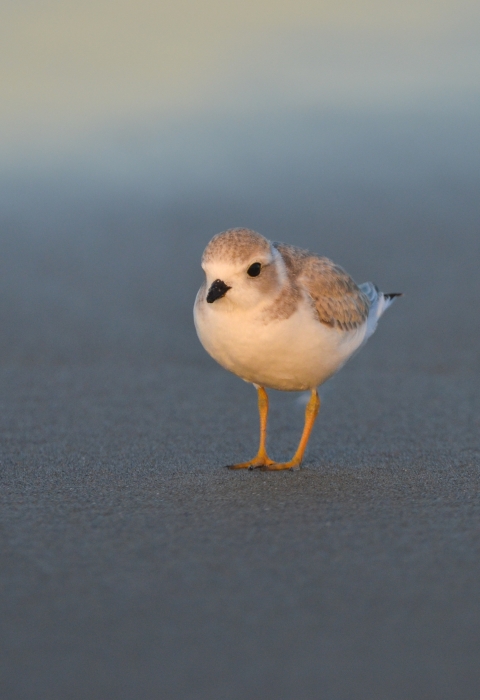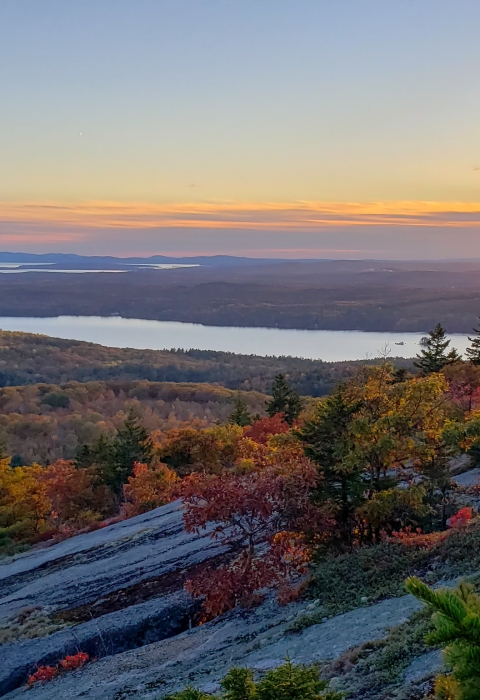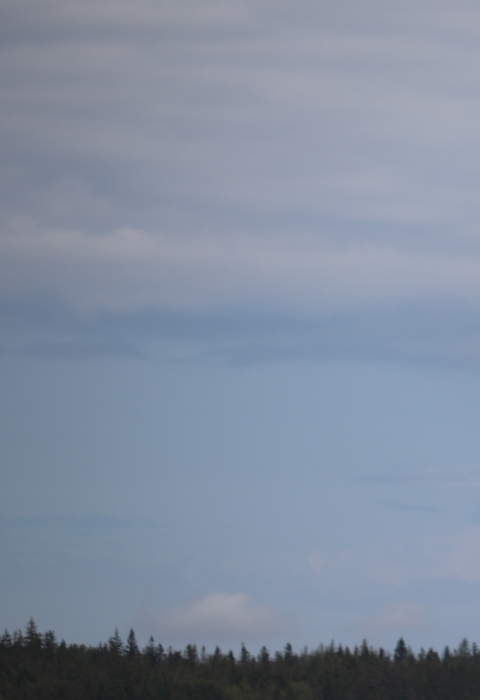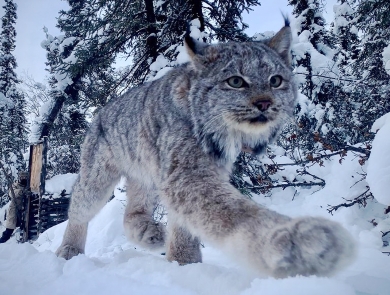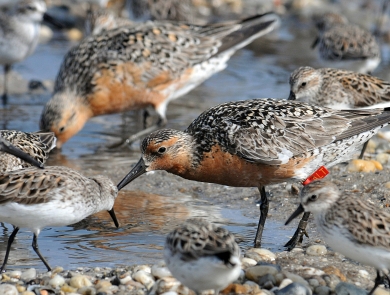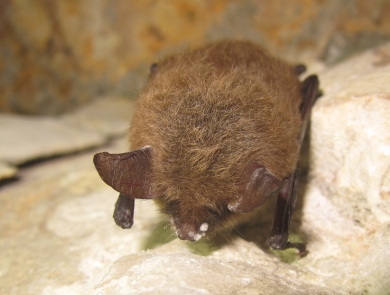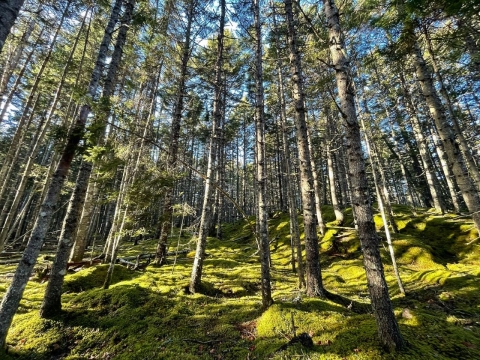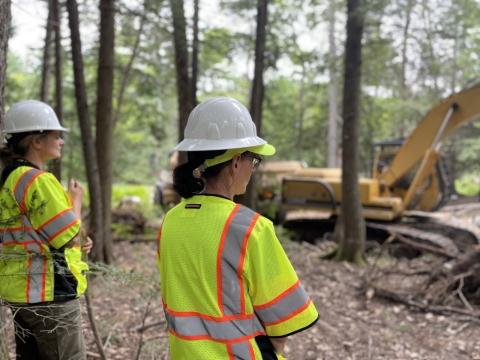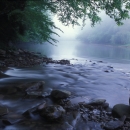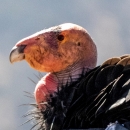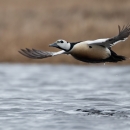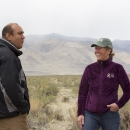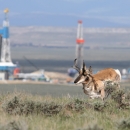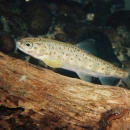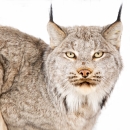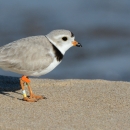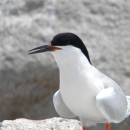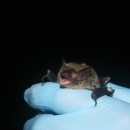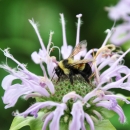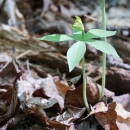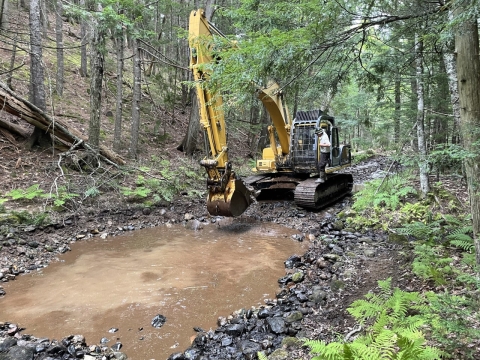About Us
Maine hosts exceptional biodiversity due to a number of factors, including a wide range of latitude, diverse geographic and geologic features, and a variety of natural communities ranging from coastal and southern Appalachian communities to boreal and subarctic communities at the highest latitudes and elevations. Across this diversity of geographies and biological communities, the Maine Ecological Services Field Office is devoted to the conservation and restoration of fish and wildlife and their habitats. As an office within the U.S. Fish and Wildlife Service Ecological Services Program, we are responsible for administering the Endangered Species Act, minimizing the impacts of federally licensed, permitted, or funded projects on fish and wildlife resources, identifying and investigating contaminant sources, assisting with conservation project planning, and working with partners to recover and conserve listed species and their habitat throughout Maine.
What We Do
The conservation of our nation’s most imperiled species is at the heart of our office’s work. Threatened and endangered species conservation drives what we do, from reviewing federally-funded or authorized projects, to proactively working towards the recovery of listed species. Our work is accomplished through collaboration with partners, including other federal agencies, state wildlife and marine resource agencies, tribes, universities, and non-profit organizations.
Our Organization
Maine Field Office biologists work on a variety of conservation related issues and our work can be classified into a number of different programs within the U.S. Fish and Wildlife Service including Ecological Services, Endangered Species, Listing and Classification, Partners for Fish and Wildlife, and Conservation Planning Assistance. See the additional pages below for specific information regarding each of these programs.
Our Species
The conservation work of our office is primarily focused on the federally listed species that are found throughout the state. Our staff are regional and national experts on a number of federally listed species, including Atlantic salmon, Canada lynx, and Furbish’s lousewort. In addition, our conservation and restoration work often benefits critical habitat of listed species, along with candidate species, and state-listed species.
Projects and Research
Our office is involved in a number of projects working towards recovery of listed species and the conservation of at-risk species. The MEFO Partners for Fish and Wildlife biologist collaborates with private landowners and other partners on projects that restore fish and wildlife habitat. Visit our Projects and Research page to find additional information regarding the current projects biologists at the Maine Field Office are involved in.
Get Involved
As a small field office serving the state of Maine, collaboration with partners is a fundamental tenant of our work and allows for more successful conservation. Through project funding and grants, shared research and data, project coordination, and discussion, there are various opportunities to get involved with our office, or one of our many partners.
